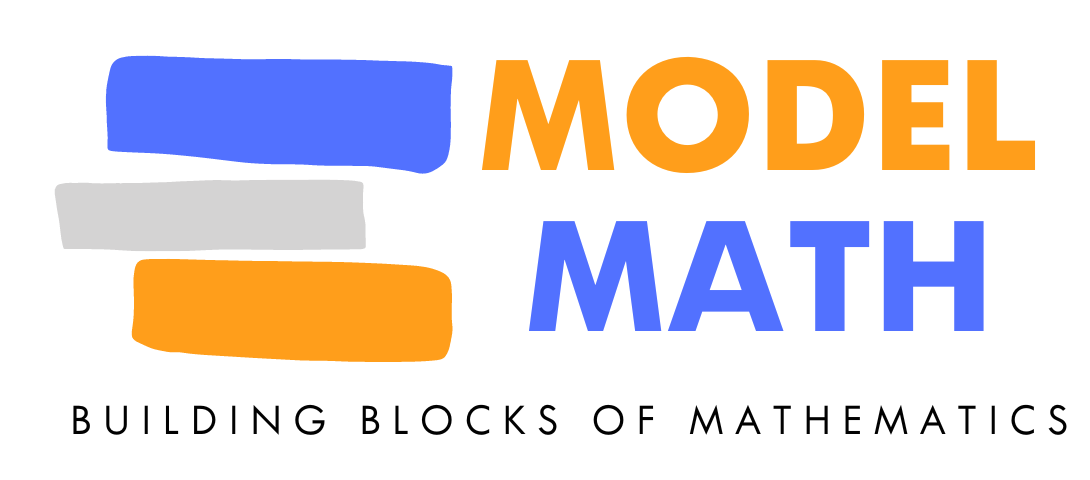Is your child wasting too much time on guess and check questions or having problems identify such questions? Is your child having difficulties with headings of guess and check table? Look no further! Here’s a 4 simple step-by-step approach (Assumption/Supposition Method) to solve such questions!
How to identify Guess and Check question?
In a standard Guess and Check question there will be 3 key information:-
(1) There will be 2 types of items and each have a certain value (e.g. could be 10 cents coins and 20 cent coins; could be cows(item) or legs(values)
(2) Question will give the total number of items but will not provide how many of each type.
(3) Question will provide the total value of all these items.
If these criteria are met, the question can be solved using Supposition Method instead of Guess and Check method.
Supposition Method (aka Assumption method)
John invited 30 boys and girls to his birthday party. He gave 5 chocolates to each boy and 2 chocolates to each girl. If John gave away 141 chocolates, how many girls did John invite?

Step 1
Assume all are boys (assume the opposite of what the question is asking for. Eg: Qns asking for how many girls so assume opposite = boys)
30 X 5 = 150
Step 2
Find the difference between the actual and assumed
150 – 141 = 9
Step 3
Find the difference of chocolates between 1 girl and 1 boy
5 – 2 = 3
Step 4
Find the number of girls (when we assume all are boys in step 1, step 4 will give the opposite i.e. girls)
9 ÷ 3 = 3 girls
————————————————————
If the question is asking for both girls and boys such as: “How many boys and girls did Yenni invite?”
Step 5
Find the number of boys
30 – 3 = 27 boys (since we know that girls = 3, we can use the total number minus the number of girls)
*check out how supposition questions are tested in Primary 6
Supposition Method with Penalty
In a test, there were a total of 40 questions. For every question answered correctly, a student was awarded 4 points. For each question answered wrongly, 1 point was deducted. If Anna scored 130 points, how many questions did she answer wrongly?

Step 1
Assume all questions answered are CORRECT (Penalty Question, always assume the positive that adds value/earned For e.g.: this question: assume those that are correct to be awarded points)
40 X 4 = 160
Step 2
Find the difference between the actual and assumed
160 – 130 = 30
Step 3
Find the difference of MARKS between 1 correct question and 1 wrong question
4 + 1 = 5
(Reason why it is an “addition” for difference in this question is due to the fact that I lost the marks that I got correct (4marks) and I had to deduct 1 mark when I change it to wrong so total I lose 5 marks each time I change from a correctly answered question to a wrongly answered question.)
Step 4
Find the number of WRONG questions (when we assume all questions are correct in step 1, step 4 will give the opposite i.e. wrong questions)
30 ÷ 5 = 6 wrong questions
————————————————————
Step 5
Find the number of CORRECT questions
40 – 6 = 34 correct questions (since we know that wrong questions = 6, we can use the total number minus the number of wrong questions)
*check out how supposition questions are tested in Primary 6
Want to try more Guess and Check, Supposition and other challenging questions? Sign up with Matrix Math Online lessons. It is free for 2021.
#guessandcheck #assumption #pslemath #psle #youngmathspecialist #mathtuition



